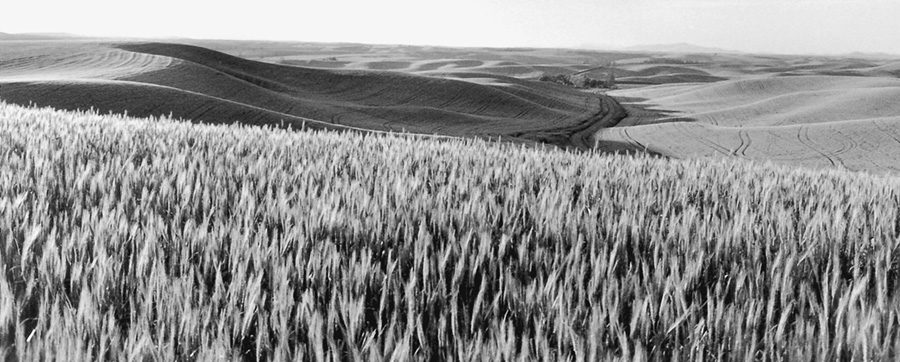No-Till Farmer
Get full access NOW to the most comprehensive, powerful and easy-to-use online resource for no-tillage practices. Just one good idea will pay for your subscription hundreds of times over.

Mention crop rotations to no-tillers outside the Midwest and chances are good that they’re growing more than two crops. Instead of just going with no-till corn and soybeans, growers who direct seed in the Pacific Northwest include a large number of crops in their no-till rotations.
When Mark Sheffels moved away from summerfallow in 1995, he went to a 4-year rotation to minimize the impact of plant diseases on cereal crops. After working his way through several rotations, the Lincoln County, Wash., no-tiller settled on a crop rotation that includes 2 years of spring barley, spring wheat and winter wheat.
Sheffels has seen no increase in broadleaf weed pressures, but the weeds showing up in no-till fields are different. “At times, our fields have been clean enough not to have to spray at all,” he says. “But we now see more late germinating broadleaf weeds such as Russian thistle, China lettuce and dog fennel.”
He expects the real challenge will come in controlling wild oats. This is done now by incorporating Fargo in barley with a heavy harrow and by applying post-emergence herbicides in wheat.
“We are keeping wild oats below yield reducing levels, but it is a constant challenge with little room for error,” he says. “Our strategy is to hold off the preplant Roundup work until shortly before seeding while saving the worst wild oat fields for last to allow emergence of the first flush of weeds before spraying. This can be done as…